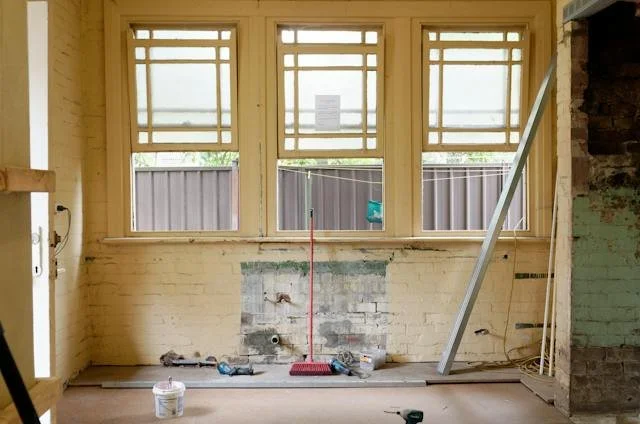6 Financial Tips When It Comes to Your Everyday Home Life
RH Business Marketing Solutions
Finances play a huge role in your home life. Without making the proper financial decisions, you won’t have the funds necessary to do things like pay for emergencies, take a vacation or save for retirement. Even if you make a significant amount of money, you may find that it isn’t enough if you aren’t spending it properly. Here are six financial tips to use in your everyday home life and some things that you may be doing that are hurting you financially.
1. Automate Bills Using Online Checks
A lot of people make the mistake of forgetting to pay their bills. This can lead to added late fees and may even damage your credit. You can keep this from happening by automating bills using online checks. Most companies will allow you to do this for free, and you can schedule the payments on a day that’s convenient for you.
2. Create A Budget
If you want to have a good idea as to where all of your money is going, you need to create a budget. You can easily do this by going through your last three months of bank statements to see what you are spending money on. Many people are surprised to find just how much they are spending on variable expenses like shopping and eating out.
3. Save Where You Can
Even if your budget is pretty tight, you can probably still find some ways to save money. Many people find that they can save a significant amount of money by purchasing items they use often in bulk. Another place to save money is on your electric bill. Turn off lights when you aren’t in the room, and put clothes on a clothesline to dry instead of the dryer. For entertainment, instead of going out to a movie, you can watch a movie for free at home.
4. Pay Off Debt
While credit cards can be convenient, you may be paying hundreds of extra dollars each month just in interest charges. This is why it’s a good idea to pay off debt as soon as possible. Even just paying a little bit above the minimum can help you become debt free.
5. Make Financial Goals
It can be difficult to want to save money if you don’t have financial goals. In order to make these goals, you should think about what you want to do in the future. Do you want to purchase a new house, spend time visiting other countries or cut down on your hours at work? Once you figure out your goals, you need to determine how much money you need to set aside consistently in order to reach them.
6. Limit Eating Out
A lot of people spend way too much money on eating out. That morning cup of coffee at your favorite coffee shop or twice a week lunch out with your coworkers can equate to hundreds of dollars spent every month. If you are looking for an easy way to save money, limit eating out. In order to avoid the temptation to stop when you are out, always have a healthy snack with you that you can eat. Things like granola bars, apples or beef jerky are all great options.
What Can Hurt You Financially at Home
-Spending Frivolously
While spending money on whatever you want may feel good at the time, it can really hurt you financially. You may find that you don’t have enough money to pay your bills or that you are always worried about what you are going to do if an emergency arises.
-Not Knowing Where Your Money Is Going
A lot of people think that they are good with their money simply because they don’t know where their money is going. They have no idea that they are spending an excessive amount on groceries, entertainment or clothes each month.
-Putting Off Getting Your Finances In Order
Sitting down and figuring your finances isn’t fun for most people, but it can be a huge mistake to keep putting off getting your finances in order. This can keep you from being able to do the things that you want to do in life and can cause a lot of unnecessary stress.
Finances are something that a lot of people put off until they find themselves in a financial bind. If you are worried about how finances can affect your everyday home life, there are some steps that you can take. By utilizing the tips mentioned above and avoiding things that can hurt you financially, you can grow your savings and meet your financial goals.
Written by Taylor McKnight, Author for Laser Printer Checks















